If you’re wondering whether your car should have a backup camera, or if you need to install one, you’re not alone. Many drivers ask the same question, “When Did Backup Cameras Become Mandatory?” especially when buying a used car, preparing for inspection, or simply trying to improve safety.
As of May 1, 2018, all new vehicles sold in the U.S. must come equipped with a rear-view (backup) camera. This law applies to all passenger cars, SUVs, trucks, and vans weighing less than 10,000 pounds.
The rule was introduced by the National Highway Traffic Safety Administration (NHTSA) under Federal Motor Vehicle Safety Standard (FMVSS) No. 111 to prevent accidents caused by rear blind spots, especially those involving children and pedestrians.
But here’s what matters to you:
- Vehicles manufactured before 2018 are not required by law to have backup cameras.
- However, installing one is highly recommended for safety, convenience, and to increase resale value.
- Both wired and wireless aftermarket cameras are affordable and easy to set up.
Let’s break it all down clearly, so you know exactly where you stand and how to stay safe.
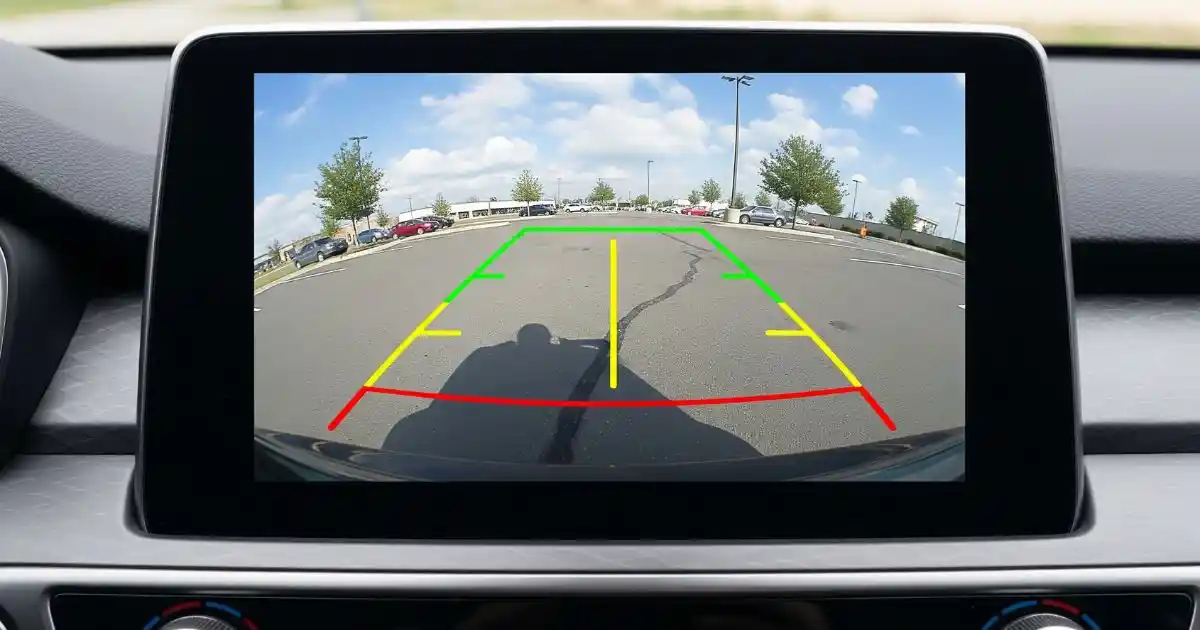
Quick Navigation & Previews
- What Are Backup Cameras and Why Are They Important?
- When Did Backup Cameras Become Mandatory?
- Are Backup Cameras Mandatory in All Cars?
- Backup Camera Requirement: Legal Breakdown
- Are Backup Cameras Required by Law in Other Countries?
- Should I Install a Backup Camera in My Older Vehicle?
- Conclusion: Why Safety Rules Matter
- FAQs
What Are Backup Cameras and Why Are They Important?
Backup cameras (also called rear-view cameras) are small cameras mounted at the back of a vehicle. When you shift into reverse, they automatically turn on and show a live video of the area behind your car on the dashboard screen.
This feature is more than just convenient it’s designed to enhance safety. Drivers often struggle with blind spots when reversing, especially in larger vehicles. Backup cameras solve that problem by giving you a clear view of what’s behind.
Key Benefits of Backup Cameras
1. Accident Prevention
Children, pets, or small objects can easily go unnoticed when backing up. With a camera, you’re more likely to see them and stop in time. This dramatically reduces the risk of tragic accidents.
2. Easier Parking
Parking in tight spots becomes much easier with the help of a visual guide. Many systems even include guidelines to help you align the car correctly.
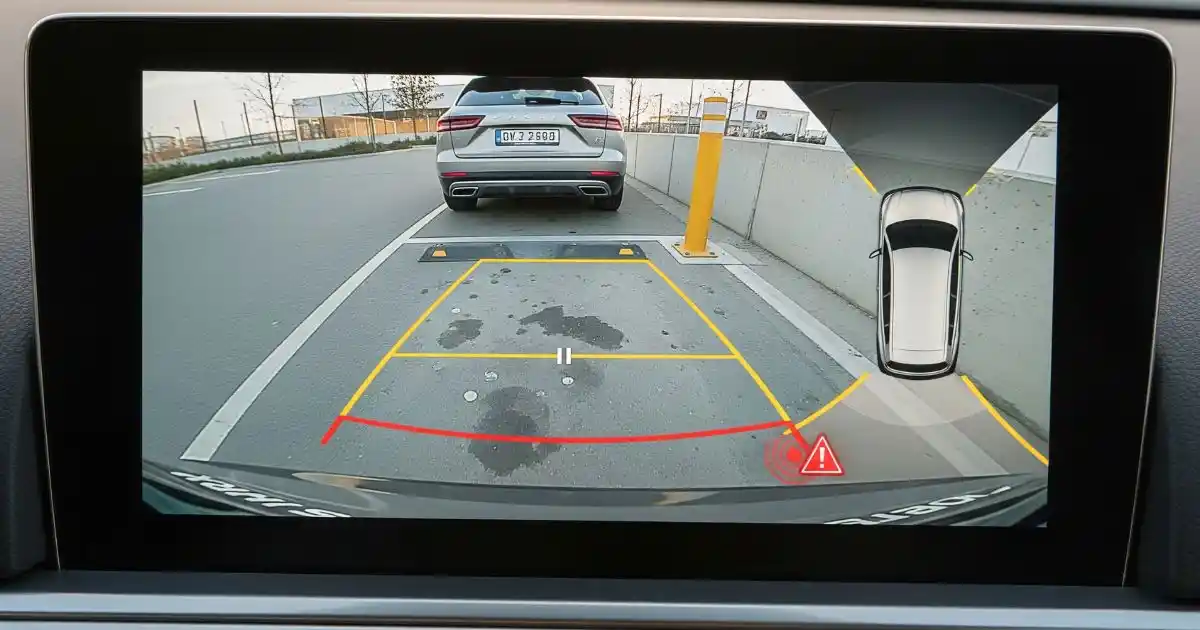
3. Property and Vehicle Protection
Bumping into poles, curbs, or other cars can cause expensive damage. A camera helps you avoid these mistakes by showing you what mirrors may miss.
4. Confidence and Convenience
Drivers—especially new ones—feel more confident when they can see what’s happening behind the vehicle. It’s also a useful tool for navigating busy parking lots or backing out of narrow driveways.
In short, backup cameras are a practical and valuable feature that supports safer driving, particularly when reversing.
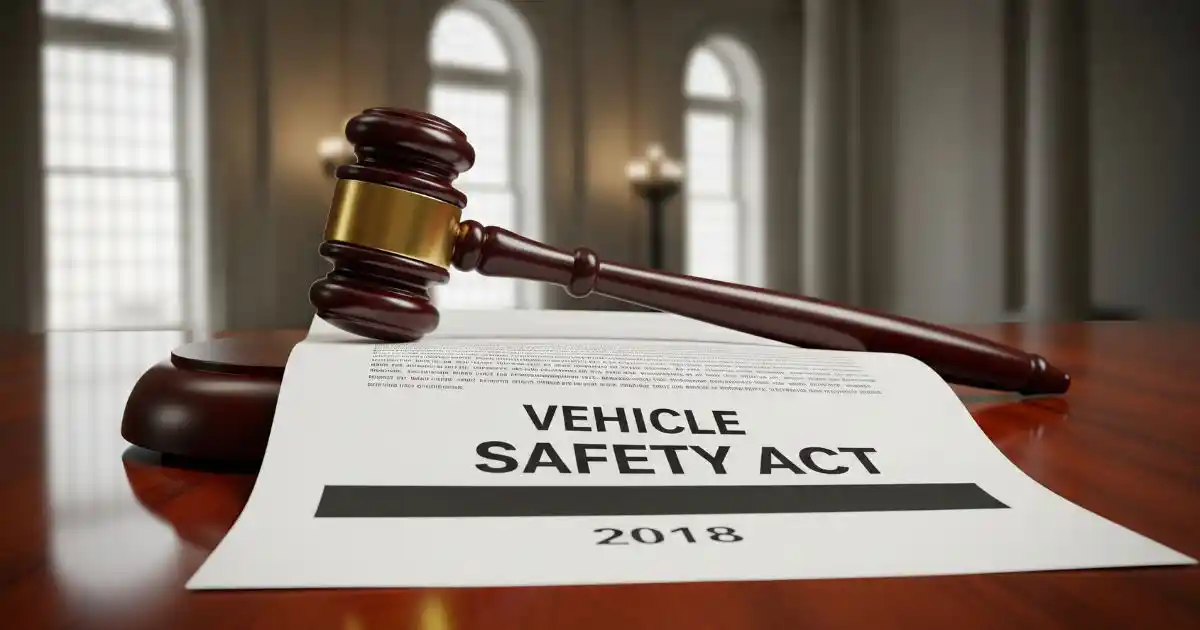
When Did Backup Cameras Become Mandatory?
The United States government made backup cameras mandatory for all new vehicles starting May 1, 2018. This rule applies to all cars, trucks, and vans under 10,000 pounds.
The decision came after years of studies showing how rear-view blind spots were responsible for hundreds of injuries and deaths each year—especially among children. The National Highway Traffic Safety Administration (NHTSA) issued the final rule in 2014, giving manufacturers a few years to prepare for its implementation.
Why May 2018? That’s when the law officially took full effect after a four-year implementation period. It represented a significant advancement in vehicle safety technology.
Are Backup Cameras Mandatory in All Cars?
Not exactly. Here’s a clear explanation:
Since May 1, 2018, all newly manufactured and sold vehicles in the U.S. must come equipped with a backup camera system. This means if you’re buying a brand-new car, whether it’s a sedan, SUV, or light-duty truck, it must legally have a backup camera installed.
However, cars made before 2018 are not required by law to be updated or retrofitted with backup cameras. That doesn’t mean they aren’t useful — experts and safety organizations strongly recommend installing them, especially if you often drive in areas with limited visibility.
The key point is this: the law focuses only on new vehicle production and sales. It doesn’t require existing vehicles to be retrofitted. While your older car may not break any rules by lacking a camera, adding one is still a wise and potentially life-saving upgrade.
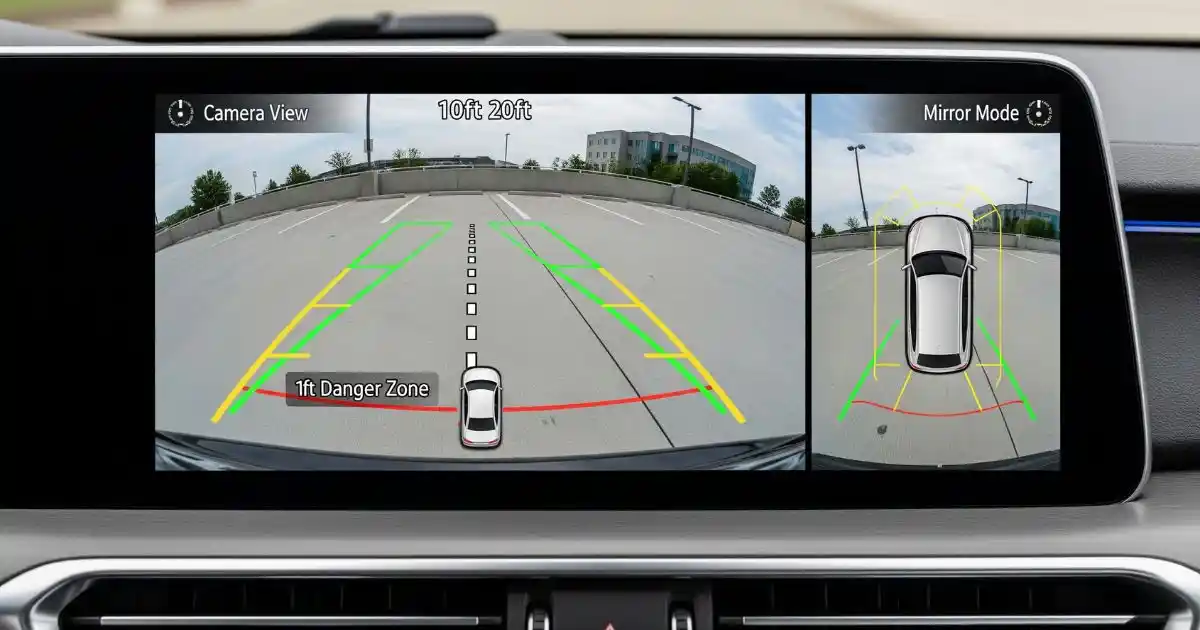
Backup Camera Requirement: Legal Breakdown
The backup camera requirement is part of a larger push for rear visibility safety. Let’s look at the legal structure:
The rule comes from the Federal Motor Vehicle Safety Standard (FMVSS) No. 111, which covers rear visibility.
It requires that all vehicles under 10,000 pounds must include a rear-view camera that shows a 10-foot by 20-foot zone behind the vehicle.
Display requirements include brightness, delay limits, and visibility in daylight or low-light.
For those not wanting a traditional camera, there are other options too. Some drivers prefer smart rear-view mirror camera alternatives that combine mirrors and video feed to enhance safety. These options are especially useful if your car has limited dashboard space or you want a multi-purpose device.
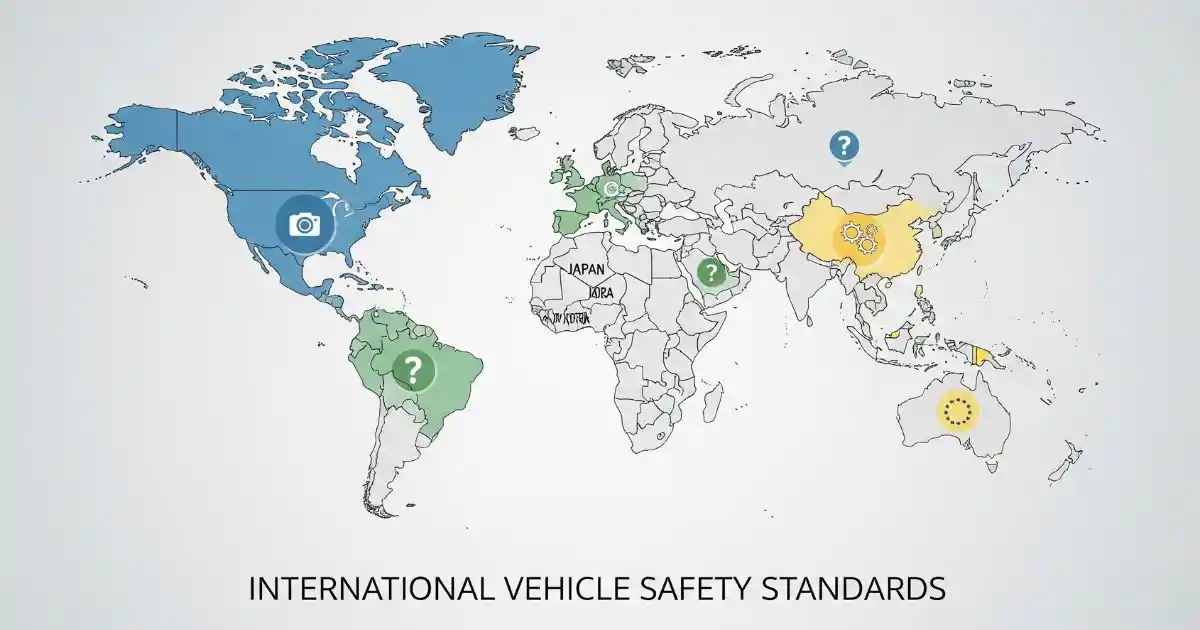
Are Backup Cameras Required by Law in Other Countries?
The United States was one of the first major countries to enforce backup camera requirements, but others have followed with their own standards:
- Canada: Made backup cameras mandatory for new vehicles from May 2018, in line with U.S. standards.
- Japan and South Korea: Have strong vehicle safety standards, though backup cameras are not yet universally required.
- European Union (EU): Encourages the use of Advanced Driver Assistance Systems (ADAS), which often include backup cameras, though it’s not yet strictly mandatory.
If you’re frequently traveling or moving internationally, you might consider multi-functional GPS systems with backup camera integration. These devices are great for driving in multiple regions where legal standards may vary but safety expectations remain high.
Should I Install a Backup Camera in My Older Vehicle?
Absolutely. Even though it’s not a legal requirement for cars made before 2018, installing a backup camera is a smart move.
Here’s why:
- Affordable and easy to install: You can find quality aftermarket systems that fit your car and budget.
- Improved safety for daily driving: Whether you’re backing out of your driveway or navigating a crowded parking lot, you’ll reduce the risk of accidents.
- Higher resale value: Buyers prefer vehicles with added safety tech.
If you’re thinking about an upgrade, consider installing a reliable backup camera with sensors that can alert you to objects and people. It’s especially helpful in low-visibility conditions.
For Apple users, there are wireless backup camera options for iPhone users that allow smartphone connectivity without needing to rewire your whole dashboard.
Don’t forget that the most reliable wired backup camera systems for older vehicles can give a clean, consistent feed without worrying about connectivity drops.
Conclusion: Why Safety Rules Matter
So, when did backup cameras become mandatory? The law took effect in May 2018, with the goal of making our roads safer and reducing tragic back-over incidents.
Though it only applies to new vehicles, backup cameras are a game-changer for drivers of all car models. Whether you’re driving a brand-new SUV or a 15-year-old sedan, adding a camera can make daily driving safer, easier, and more confident.
Have you installed a backup camera in your older vehicle? Share your experience or questions in the comments below!
FAQs
When did backup cameras become mandatory in the US?
Backup cameras became mandatory for all new vehicles sold in the United States on May 1, 2018, as per the NHTSA regulation.
Are backup cameras required for car inspections?
In most states, backup cameras are not required for inspections unless your vehicle originally came with one and it’s not working properly. However, some states may have specific rules for commercial or school vehicles.
Do used cars need backup cameras by law?
No. Used vehicles are not legally required to have backup cameras unless they were manufactured after May 2018 and sold as “new” at the time.
What happens if a backup camera stops working in a required vehicle?
If your car came with a mandatory camera (post-2018), you should repair or replace it as soon as possible. In some places, you could fail an inspection or be fined.
You can learn more about common backup camera failures in specific brands like Honda or troubleshooting Jeep backup camera issues.
Leave a Reply